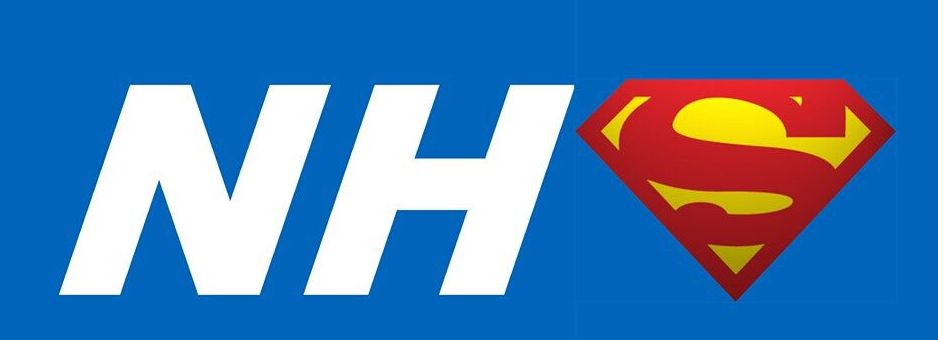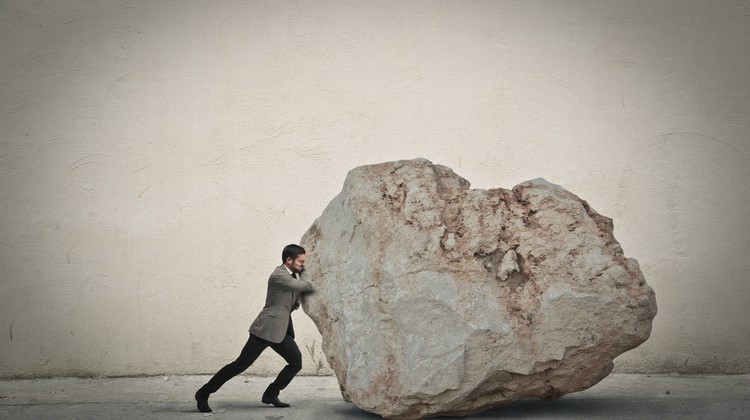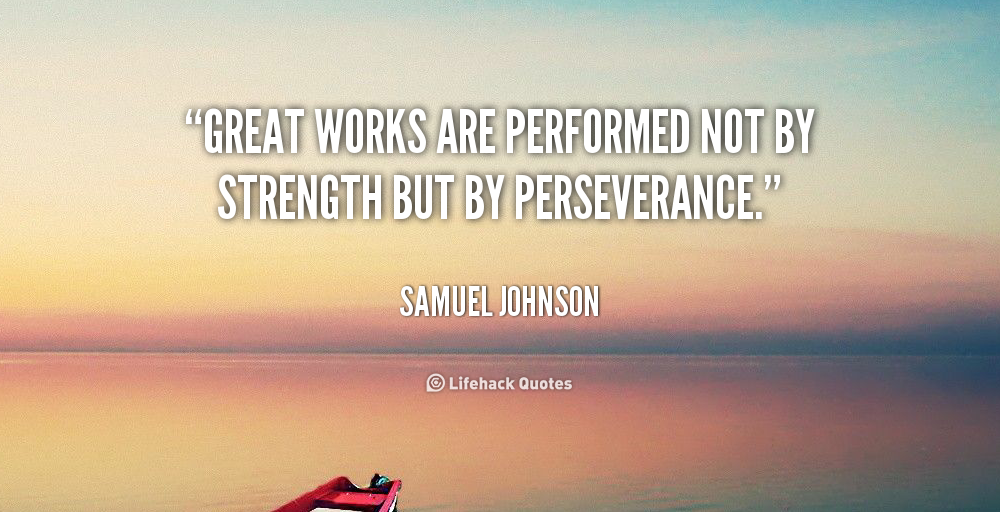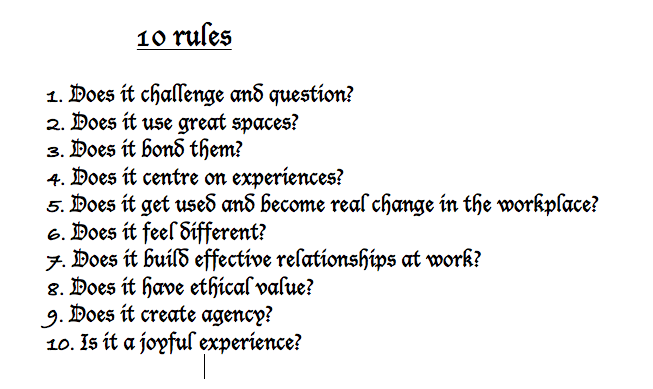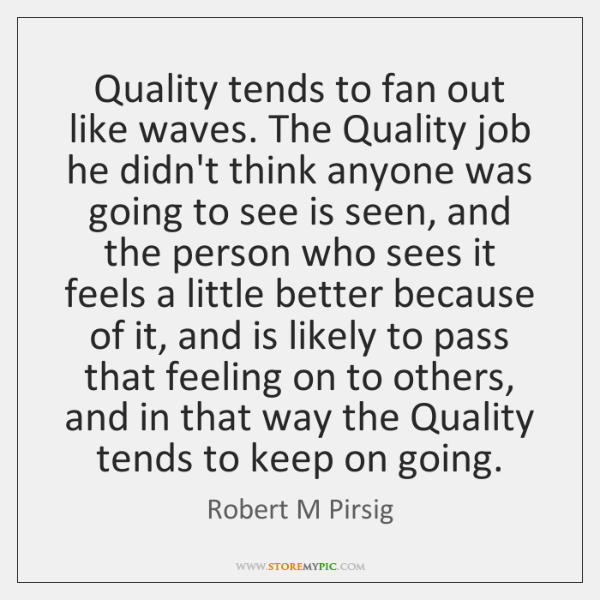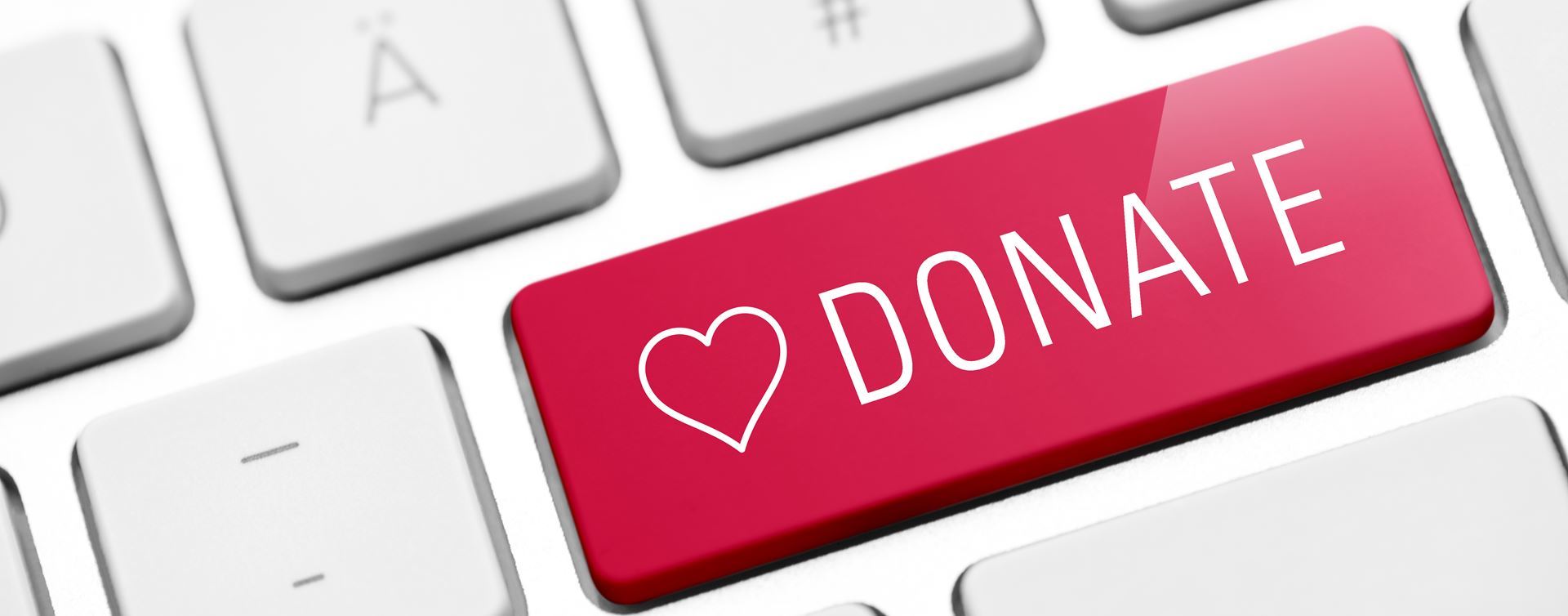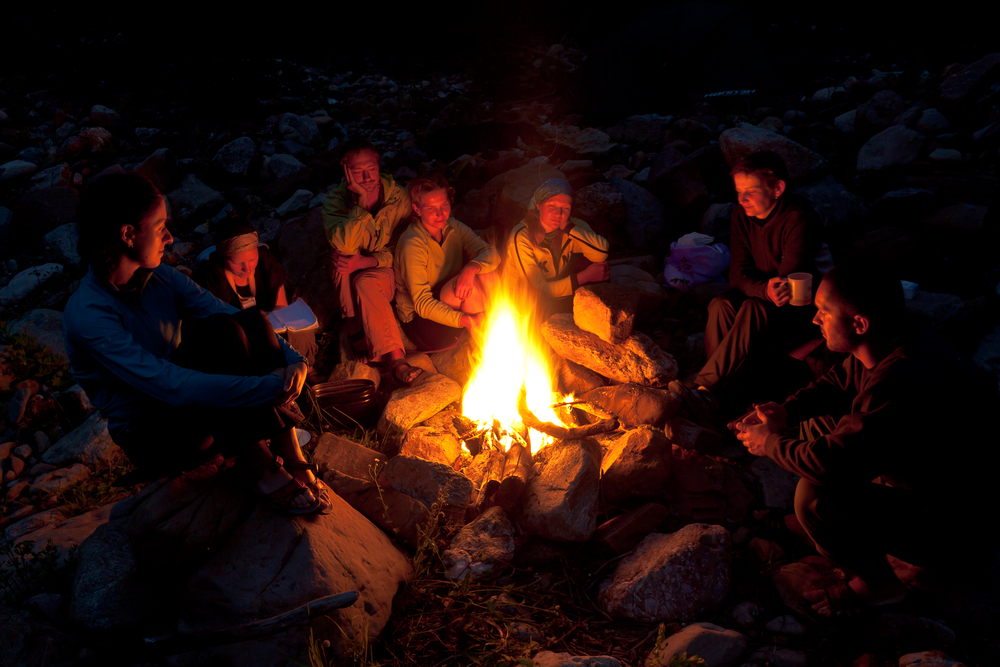NHS Free Coaching
Hello,
We’re currently living through odd times, and in these times we are relying heavily on the kindness of others and on our amazing NHS workers. The uncertainty and the scale of the challenge can be overwhelming and it may be hard to carve out clean space to think and process. I’d like to help, in my small way.
With that in mind I am offering some free coaching to NHS staff.This offer is simply to create a confidential, supportive space for you to reflect, think and process.
Coaching is about a human being hearing another human being, and helping that person engage with what really matters in the realities in which they find themselves. This is not counselling, or mentoring, it is a quiet, confidential, time-boxed space to focus on helping you to find your own resources.
I’ve tried to make the offer simple and clear, here it is:
The Offer: An initial 20 minute call for both parties to (virtually) meet, create clarity on the work and agree boundaries. If both are happy to proceed, 3 x 60 minute coaching sessions, telephone or video call, to be held at weekly or fortnightly intervals (to suit both diaries). All sessions are 100% confidential, there is no charge.
I have limited capacity so will create time for 4 new coachees at a time. Once someone finishes their set of 3, I’ll create space for the next person.
I realise you may have no clue who I am. I am an Executive Coach and run Leadership and Development Programmes, including with NHS Teams. I am a member of Association for Coaching, World Institute of Action Learning, qualified at ILM Level 5 Coaching & Mentoring and Gestalt Coaching Practice.
I am self isolating with my pregnant wife and toddler but hope to help where I can. I welcome an initial conversation if you are unsure whether this offer suits you but want to find out more.
Thanks for the work you do.
Please reach out if you think you’d benefit from some coaching sessions. I am here contact@richardastrudwick.com
Go well,
Richard

The end of the ‘big dog’ …the death of alpha male leadership?
We live in unsettling, uncertain times. The ground has shifted under our feet, our physical lives are dramatically changed, most of us are confined to quarters, and our short-term to medium-term economic futures are in question.
This level of volatility and ambiguity needs leadership. No! It needs really good leadership. It needs people to help steady the ship. Those people might well include you. In fact, I’d argue it certainly includes you. You may not want to take up that mantle but there is a hell of an opportunity here.
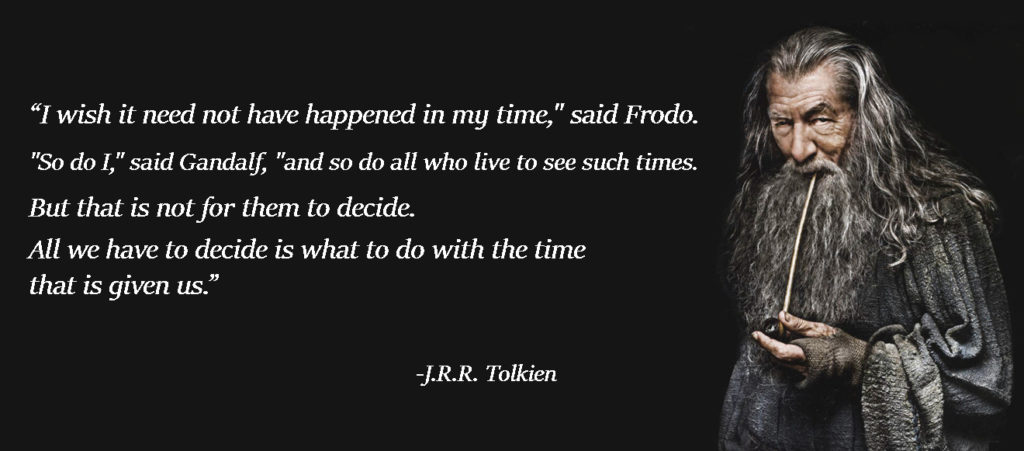
Here is my proposition, this is the end of Alpha Male Leadership …or, at the very least, we have an opportunity to relegate Alpha Male Leadership to a retrograde, ineffective and shunned way of influencing people.
During the Covid19 pandemic, that has over 1/3 of the globe on lockdown, some 2.5 billion people, being the ‘Big Dog’ is useless at best and deadly at worst.
Is this the death knell for Macho Leadership?
Leadership literature, management books and leadership wafflers and trainers (like myself) have been focusing on the progressive shift in the last few decades to authentic, distributed and pro-social leadership styles.
Know thyself. Connect as a real person. Show your vulnerability. Give control to others. Create leaders around you. Celebrate diversity. Develop empathy and helpfulness.
..and one of my favourites “leadership is a special sort of action, not a special sort of person.”
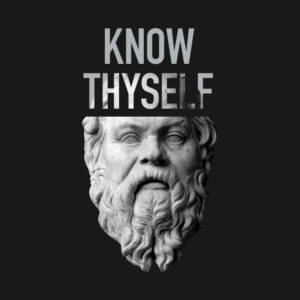
Now I may type these phrases in mocking tones (if such a thing is possible) but I genuinely believe in them and see the leaders that I work with creating fabulous, connected, high performing teams by focusing on these skills.
The ‘MeToo’ movement, the prominence of Diversity & Inclusion, the 50/50 by 2020 campaign, the headline grabbing Gender Pay Gap all, in theory, add weight to this progressive model of leadership. But when I discuss the history of leadership theory with groups, teams and individuals that I work with, we’re all aware that some of the ‘older’ leadership theories are not as dead as we might think. Collectively our leaders are not as pro-social, empathetic and authentic as we might think the world is if we read the Guardian or follow Gwyneth Paltrow on Instagram.
I teach that ‘Authentic Leadership’ is an approach to leadership that emphasises building a leader’s legitimacy through honest and open connections with colleagues, where the leader genuinely values their input and shares vision, errors and human elements. The focus is on Emotional Intelligence and rapport building [Luthans and Avolio – 2003]. On story-telling and ‘checking-in’ with staff.
I also ask teams to focus on Distributed Leadership [Brown and Hosking – 1986]. Where leadership is a group quality, with acts of leadership available to all members of the team. Itignores binary ideas of leader-follower, facilitates the distribution of responsibility between individuals within an organisation based on expertise and relationships, rather than solely on experience within a role.
Doesn’t all of that seem lovely!?!

Yet when we look at the history of leadership theory and stop off at some of the outdated models, as a comparator, we can’t help but notice that “Great Man Theory”, that ‘long dead’ idea that leaders are male, rich, from privileged backgrounds and are born to lead lesser men ..oh and women of course, isn’t quite as dead as I might hope.
The truth is that some of the friction in trying to spread the ideas of pro-social leadership is that it is so easy to point to successful Alpha Males; men who proclaim to have all the answers, who insist followers obey or be excommunicated, who demand respect and lead with blind authority and unwavering self-confidence.
This isn’t just with some of the populist leaders of today, I (and you) also see strong elements of it in many organisations. Institutions that may talk about vulnerability and connectedness but they still revere, promote and build systems around the most ballsy, confident and overconfident people (men) in their institutions. OK, mostly men, but even in some organisations that champion women in senior positions, the truth is that many of these women are exhibiting clear Alpha Male characteristics to get into these roles.
It’s a challenge to promote pro-social leadership when there is clear evidence that some people are getting on just fine by showing zero vulnerability, manipulating others rather than connecting with them and having bigger balls than the rest of us.
Then a new, mutating virus hoves into view and something really interesting happens.

Here, in my view, is the first leadership challenge where having bigger cajones and being the loudest voice in the room with all the answers is 100% the wrong approach. Not only is being the Big Dog ineffective, it’s more than that, it’s bloody dangerous.
A highly transmittable virus allows no room for being tough. In fact if your usual reaction to powerful challenges is to have ‘bulldog spirit’, carry on regardless and stick 2 fingers up at the threat in front of you ….you’re highly likely to kill someone.

This isn’t just a blog about Donald Trump’s ineptitude in managing the brave American response to the weaselly ‘Chinese virus’ you can see the Alpha Male response in lots of places. All those, mostly young, indestructible people that went to their mates’ house or the beach for BBQ in the glorious spring sunshine of Saturday 21st March this year, didn’t beat Covid19 with a big ‘screw you’ and carrying on regardless, potentially they went to visit their mum on Sunday 22nd March and took her an incurable disease and the potential to cripple the NHS. Being ballsy and brave is dangerous.
In a supermarket this week a lovely, and slightly scared, check-out worker told me that her most challenging customers were often men in their latter years. She referred to a customer from earlier in the day who’d explained that he’d fought in the war and he’d carry on regardless!

I’ve seen the championing of the ‘Blitz Spirit’ in the UK press. Dangerous tosh! In the blitz, Britain tried to carry on as we normally did, pubs stayed open, we maintained community gatherings and had a stiff upper lip. This is not the time to carry on regardless, in fact it’s time stop carrying on and stay home.
Being the Alpha Male, the Big Dog, not giving a ****, carrying on regardless, having all the answers, ignoring the pencil-pushers, bollocks to authority, strong-minded lone wolf or valiant brave leader ….these are all more dubious positions than ever.
So what’s the alternative model here. Not just for country leaders, for all of us.
What people are responding to is human connection, openness, requests for help, empathy and a higher purpose.
In my view, the leaders who are making a real impact here and will come through this pandemic with stronger companies, more cohesive teams, more loyal customers and infinitely stronger partnerships with communities and clients alike, are those leaders that connect.
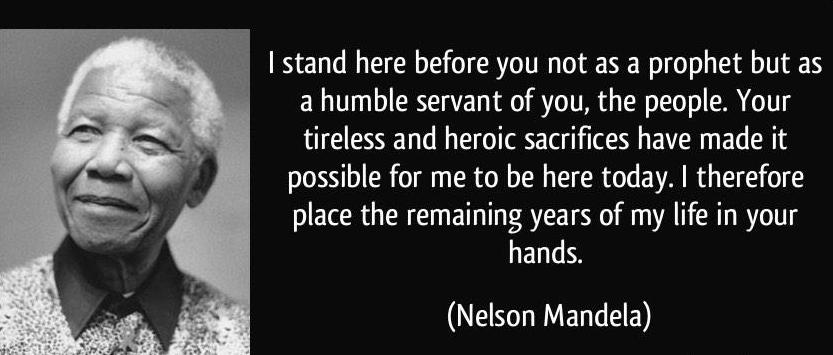
Speaking from a business point of view, you’ll remember who your friends are after this. You’ll also remember the organisations that were driven by purpose, collective meaning and positive impact. For the wrong reasons you’ll remember the organisations that time-sheeted their employees, that were driven by their P&L, that grounded themselves in business performance not organisational purpose.
In very simple terms we’re now having video-conference meetings in our bedrooms. We’re speaking to the CEO who’s in her kitchen with the family photo behind her and the kids drawings on the fridge, we’re listening to the HR Director give his briefing from the bedroom with his rumpled sheets in shot, his ‘Back to Future’ poster on the wall and a few odd socks in corner. The human connection is creeping even if we didn’t mean it to.
Those that embrace it are acknowledging the unknowns, sharing their own concerns, listening to the views, experiences and ideas of others. The impactful leaders are checking up on their people first, they are reaching out to customers to make sure they’re alright, they’re giving the green-light to financially unproductive work that is good for the local community.
What’s more, the individuals in non-leadership positions who are also acting with empathy, helpfulness and purpose are gaining respect and getting noticed. They are building formidable relationships that will almost certainly see them gaining more leadership opportunities in the future.

Potentially the leaders of the next few decades will have carved out their human leadership skills through this crisis, while the big hairy shouty ones will have had to leave their fast car in the garage and their money clip on the bedside table while they self-isolate.
Is this the death knell for Macho Leadership? ….we can but hope.
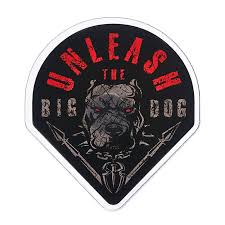
What to do with your head during lockdown
Some thoughts on partitioning your mental time and energy.
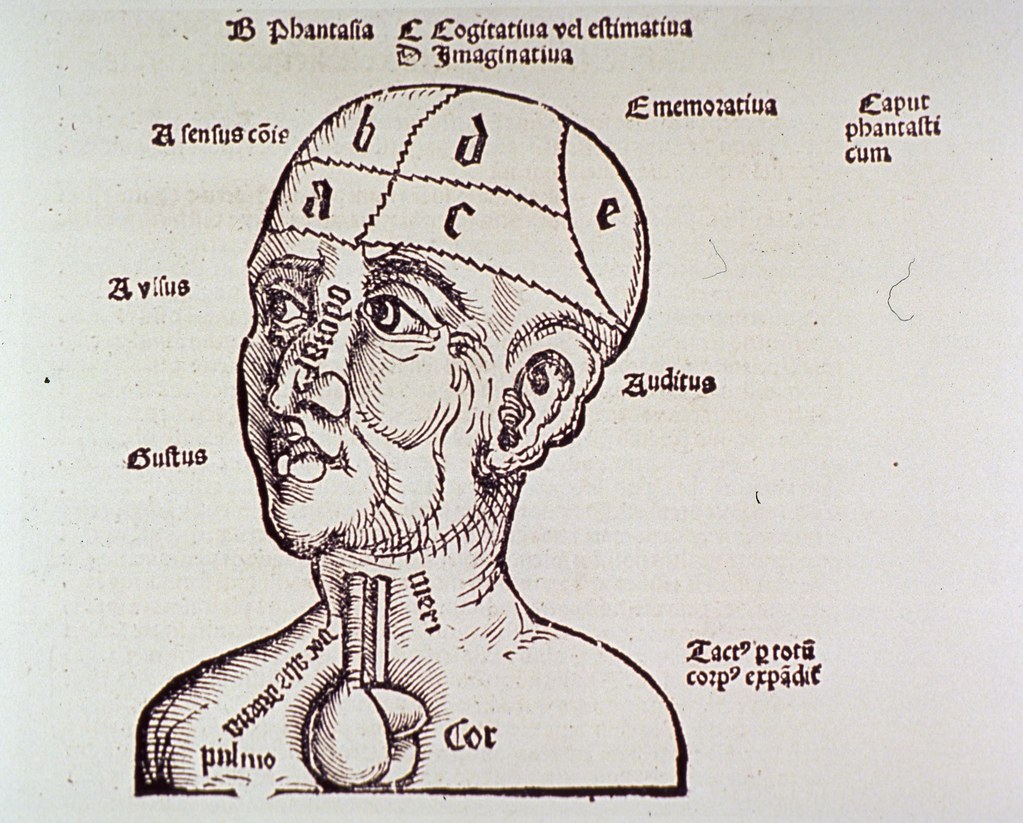
How do you utilise your focus in a healthy, structured manner when confronted with so many unknowns and so much uncertainty?
Haven’t these last few weeks been a challenge? Your brain is always on, your thoughts are always directed towards something. In your normal day you get presented with a million places to direct your thoughts, a myriad of people, tasks, adverts, devices all battling for your attention;, you probably long for some peace ….now you may well have it. It might not be that peaceful.

How do you direct your ‘always on’ brain somewhere healthy and helpful?. It’s like carrying around a chain gun that’s always firing – you’re highly likely to just blow a lot of holes in a lot of stuff with nothing productive as the outcome.
I’ve created a model that’s really helped me. It’s about pausing, to proactively choose where to focus your thoughts. Less ‘chain-gun’ more ‘laser’. It might help you too.
A Shrinking World
“We spend less time alone with our brain than any humans before us.” I’d like to tell you where that quote comes from but I’m on lockdown away from my collection of books, and, as yet, the internet hasn’t provided me with an answer.
It is highly likely that your current lockdown experience is confronting you with more time, in a fixed physical space, to be confronted with your own thoughts. Maybe many of those thoughts are confused, repetitive, fearful, optimistic and focused on the unknown. So what do you do with your mental time and energy in this new space? What do you do with your head during lockdown?
Let’s start with this: everyone’s experience of the global changes due to Covid19 is different. Some people are flat-out busy, some are bored; some are in a tiny space on their own, some are with in-laws, friends, colleagues; some are familiar with remote working, some not, some can’t. Some aren’t in lockdown at all, they are caring, curing, delivering, fixing, creating.
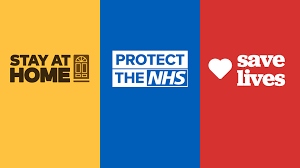
A friend, immunocompromised, lives in a small London flat, on his own, with no outdoor space and is an analyst for a healthcare company. He will be in that space, overloaded with work, for 3 months. A colleague writes from her home, on the back of a Cornish beach. Pre-Covid19 her routine was writing at the laptop, walks with the dogs, quiet reflection …her normal life is the same, but her head may be in a completely different space.
And this is it, our physical and mental lives are transformed, there is a truckload more uncertainty and change to manage and our mental responses are likely to be wildly different too.
Personally I’ve been panicked, lost, optimistic, serene. I’ve been focused on playing with my son, on the fate of the human race, on the cost/benefit of globalisation, on the reshaping of leadership requirements and on what to eat next …sometimes all at once. Some of the places you may cognitively visit in this wild fluctuation of focus and energy, may be useful, pragmatic, optimistic places …some may be darker, challenging and exhausting skirmishes in your own mind.

What do you do with your head during lockdown?
As many of us have, I’ve been working out what the new normal might be. I’ve been reaching out to old friends, colleagues and people who help me think. I’ve also been coaching my clients, and supporting my NHS contacts wherever I can. But I’ve also hung in there, limpet-like, when my brain’s been spinning like a top – I’ve been trying to understand where my mental energy is going and which of those mental destinations is useful, helpful and healthy.
If this inner pin-balling is a familiar mental space, if you’re trying to hold thoughts about the future of human civilisation, today’s stats on the local deaths, your ‘To Do’ list for work and a menu for the week, all in your head at the same time, I think I may have something to offer.
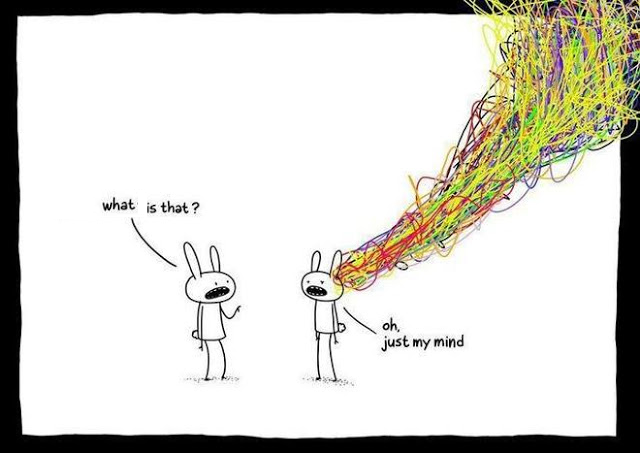
Mental Models:
Here’s my proposition.
Firstly we tend to cycle our thoughts across a variety of timescales, from the immediate to the long-long-term. I am really anxious now, I know, I’ll watch Gavin & Stacey and distract myself …and will we get to go on our October half-term trip Portugal? …and will this be another 10 years of austerity? Dealing with all these timeframes at once is exhausting, especially when the unknowns are orders of magnitude larger than they were a month ago.
Secondly we also shift the boundaries of our thought, from very individualistic to global. From focusing on the self…. I need exercise, I don’t like living with you, why won’t you watch the films I like, to thinking about my family, my team at work, my best friends. To thinking about what Covid19 means for my industry, my country or even the human race. Again, a draining range to cover, full of more uncertainty.
It’s too hard to try to hold this big a range of thoughts in your head all at once. So I’ve dropped these two big variables into the X and Y axis, respectively, of a simple grid. The aim of this model is to section off your thinking into discrete areas where some progress can be made, tasks created, and lines drawn under successes. I’ve made it a 9 box grid but there’s no reason the model couldn’t contain more divisions and be a 16 box, 25 box or 36 box grid.
Here it is…
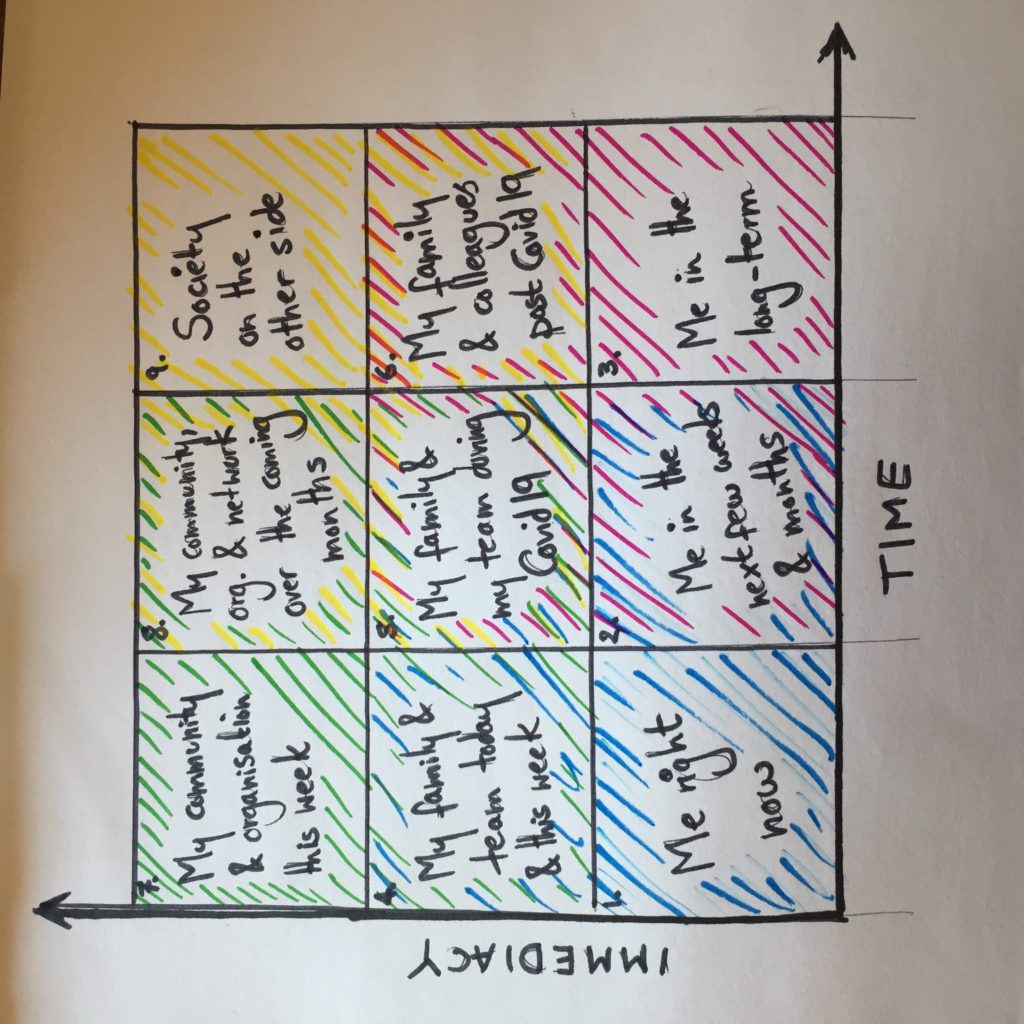
This is my language and my boxes, you may find the word ‘Immediacy’ unnecessary and want to replace it with something simpler like ‘people’ or ‘networks’. You may also want to rewrite the box content to suit you and the reality you operate in.
The important factor here is reflection and then considered action.
How to use the grid:
Stop and reflect.

This is meant to be a model that you use to consider how and where you are spending your mental time and energy, and how useful that is. The first thing to do is to notice which boxes are taking up your effort. Don’t judge it, just notice where your mental calories are getting burnt. It’s really important not to beat yourself up, think of this more like bookkeeping or diary planning, you’re getting a big picture view of what’s happening, not deciding what’s good and bad.
As an example, I’ve been spending a lot of time in boxes 1, 4 and 9. How anxious am I? Are my family OK today? What will happen to humanity, especially the poorer members of society in the long run?
Secondly, notice if there are boxes you are ignoring. I spend no time in box 3 or 6 at the moment.
This isn’t a chance to give yourself a kicking over your unhealthy thoughts, it’s a chance to reflect and shift your efforts to more useful spaces.
Then make a decision on which boxes you could spend useful, healthy time and energy. To share my experience I’ve been messaging my sister about her 40th birthday party next March (box 6) and looking at the work I’ve got planned for autumn 2020 and spring 2021 and reframing my goals there (box 3). I’ve also been offering free coaching to NHS contacts who are on the frontline (box 7).
In my experience this works best if I do it for 5-10 minutes every few days. Either first thing, or at lunchtime. And certainly not just after reading the news, facebook, a raft of emails or a flood of WhatsApp messages.
So:
- Reflect on where you are spending time and energy.
- Reflect on what boxes are being underserved.
- Notice how useful and healthy it is spending that time and energy.
- Select which areas you could spend some useful, meaningful time and energy on.
- Resolve to make progress in that area and then draw a line under that small success.
- Use the CIC Model below to help.
- Give yourself a break-, we are hardwired to find uncertainty stressful, and routine and familiarity relaxing. There is very little of any of these right now: anxiety is the expected response …initially.
There is a really useful analogy here that a colleague shared last week. In a previous life he was a divemaster, and had to complete underwater rescue training. You can do a lot of damage trying to quickly move someone who is in distress underwater and the rescue training teaches you to start by doing nothing! …STOP, Breathe, Think ….and only then Act.
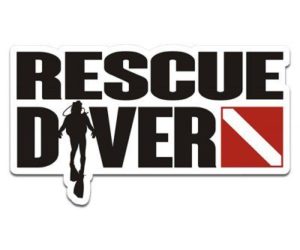
This process fits perfectly here; this is about being proactive with our mental time and energy, not reactive. It will be fatiguing to have your mental energy driven by BBC News, WhatsApp, FaceBook or even the anxieties of the people you’re locked in with. Stop, breathe, reflect and then decide what you want to do with your mental energy.
To illustrate the point, I was coaching a client last week who was so under the pump he was tempted to cancel coaching. We shifted the timings around and made an hour for it at the end of the working day. At the conclusion of the session he said “That was really helpful. I didn’t think I could spare an hour, but really needed some time to process and reflect, I’ll make this hour up in spades now – thanks”.
This is a good point to stop. Take a few calming breaths and run the first part of the process. What markers make sense to you on the grid? Is it day, week, month ….or week, month, year on the Time Axis? What makes sense for you on the Immediacy Axis? Me, my family, my town? or My team, my company, my industry? There’s nothing here to stop you creating a different grid for work and for home. Don’t get too wedded to getting it perfect, you’ll only see what works through using it.
Now take another pause. Maybe a cuppa before you come back to it. Stage 2 is, box by box, where are you spending time & energy? Where are you spending no time? Don’t criticise yourself, just notice. You may also suddenly be aware of how quickly you flit between them and how scattered your approach is.
Great. You may have already begun to notice that there could be some productive mental time and energy spent in a box you’ve been neglecting. Hopefully the process of pausing, reflecting and deciding where to go next is useful in and of itself.
Concern-Influence-Control:
I’ll offer one additional model before I sign off. This one layers really well on top of the model above. Unlike the model above I did not create this one, it’s an often used model and highly useful.
Here it is:
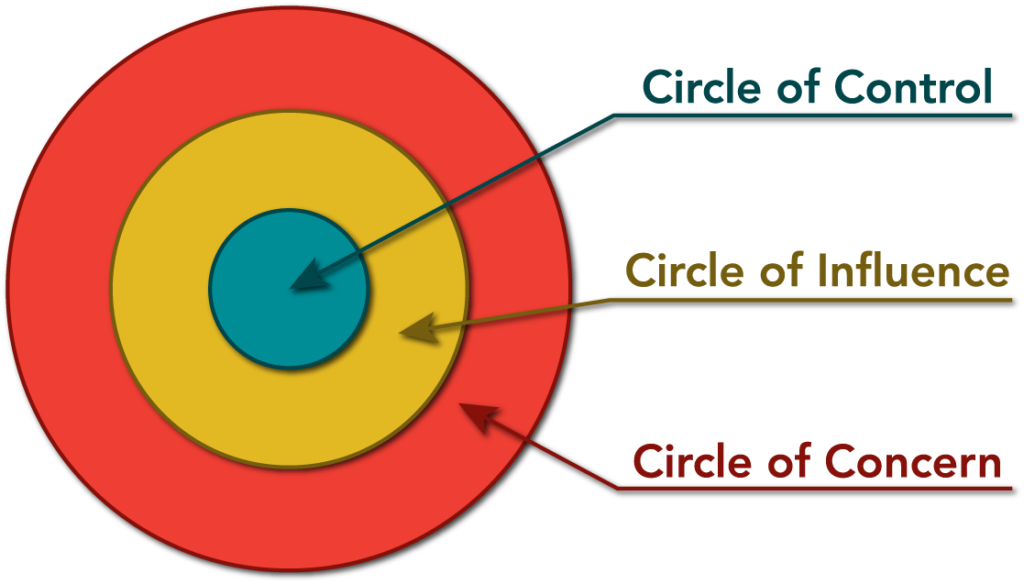
The same reflection process can be used to great effect here. This is about recognition of whether you’re focusing on elements that you have any control over or not. Focusing on the elements in the Circle of Concern often leads to wishing that world was different …. it isn’t!
We all spend time in the Circle of Concern, these are often things that effect us greatly. But, by definition, there is nothing you can do about these elements. Accepting that they are the way they are, that your reactions to them is probably understandable and rational may all help. But the shift needs to be inward, towards the Circle of Influence and Circle of Control. What can you do? Who can you help? Who can you work with?
To link back to my examples from Model 1- I am worried about my family who are miles away with Covid19 symptoms. This is a valid worry. I don’t reprimand myself for it, but I do phone daily, I do send them videos of my son having a whale of a time playing with Daddy, and I do send movie and online video suggestions. I also start to kick around ideas for my sister’s next birthday when she isn’t on lockdown.
So I’m noting my concern about my family’s well being this week (that’s box 4 in the grid). Then I’m shifting from concern to influence and action; I can’t make them well but I can check in on them, I can cheer them up (or my toddler can) and I can source useful entertainment / distractions for them.
This process works for each of the boxes. Here’s two more very short examples.
Examples:
Box 8. I’m concerned about some of my clients over the next month or so. I decide to send them all an email with nothing more than to ask them how they are. I follow up with a second email a few days later offering my support (free or reduced) to help with their immediate challenges.
Box 3. I’m concerned about the future of my work and therefore finances, will anyone want face-to-face group leadership development in 2020? …in 2021? So I move to control and influence. I spend 2hrs working through my personal and company finances and project what we need if I have £0 income in 2020. I then contact everyone who has work booked in with me this year and ask them to give me a gauge, if possible, on whether this work will go ahead, postpone or cancel.

Both of these were productive, healthy ways to spend time. Both were specific to one box and moved from Concern to Influence and/or Control.
This is also a really useful model to run when you are in conversation with others about the current situation. By all means spend some time sharing concerns – the cathartic experience is useful, but move the conversation towards influence and action. “Isn’t it horrible thinking about all the old people who can’t go out? Have you called Anne on your street and checked she’s OK? You could drop some essentials off for her or even write her a little letter.” Concern to Control.
I hope the above is useful. I’ve certainly found it a helpful model to refocus my mind and give some structure to the inner turmoil with this much uncertainty in the air. I’ve also returned to it a number of times as the days become more or less challenging.
I would really love to hear your thoughts on the information above, your tactics for healthy usage of your own mental time and energy. If any of you use this model please tell me how, and what the impact is.
Be well, wash your hands, this too shall pass!

Do you need a coach? …How would you know if you did?
I love coaching people. It’s a bold step to get a coach, it takes real discipline and really hard work from both sides – the coachees and the coach.
It means prioritising your development and it means fronting up to where the real challenge lies. You have to look in the mirror, be honest about what you see and take steps to change.
The Impact
Some of the people I’ve coached with have had transformational changes: a dramatic drop in stress levels, much greater knowledge of who they are and where they are going. Some have just got better at their job and better at managing their own ability to reflect, retain balance and make positive progress.
.
. .
…So maybe you need a coach?
.
…Maybe you need me?
. .
.
How would you know if you did?
….and how would you know who’s the right person to coach you?
. .
I’ll attempt to help you answer both of these questions.
How do you know if you need a coach?
There are, in general, four different types of one-to-one coaching for professionals – skills, performance, development & remedial.
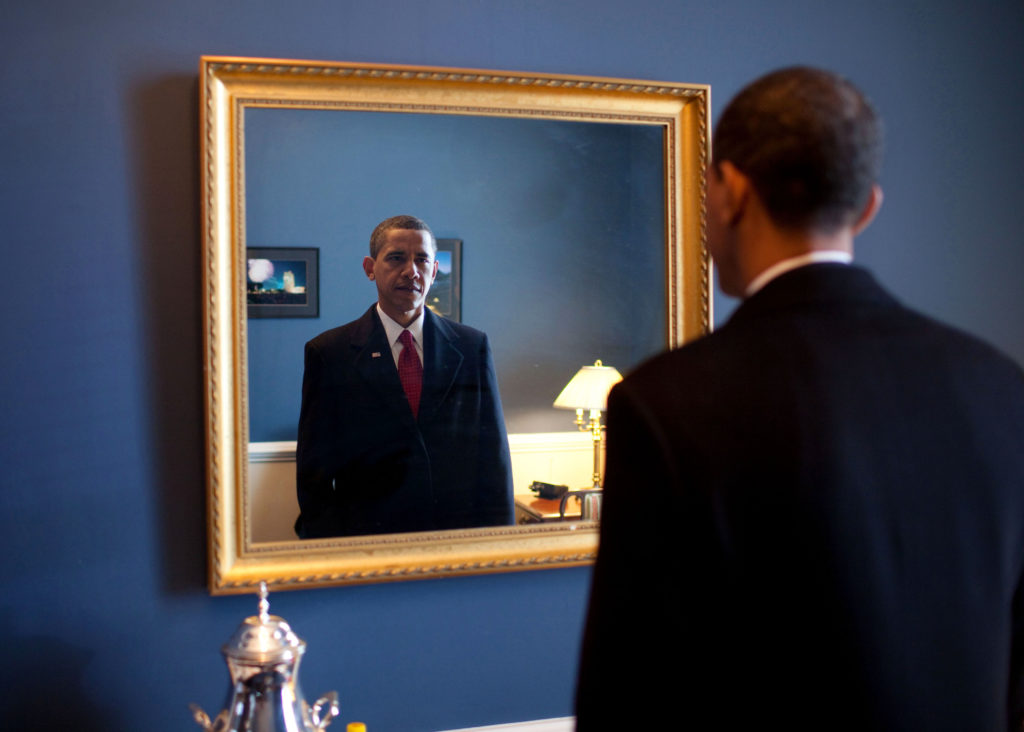
Skills Coaching – this form of coaching helps you to learn how to do new stuff. Maybe you want to be a better presenter, you may want/need to improve your ability to have difficult and challenging conversations at work. This style of coaching tends to be used mostly by middle managers, those keen to grow, acquire new capabilities and move up.
Performance Coaching – this is a very strength focused process. You’ll focus on using your own capabilities more effectively. Potentially you’ll work on changing behaviour to mitigate your less helpful responses, learning to reflect more and, mostly, on accessing your true talents. Performance coaching tends to be utilised by new leaders and aspiring leaders.
Developmental Coaching – The focus here is on helping you really change how you see the world, draw in new perspectives & points of view. The coach’s role here is to challenge and potentially shift your thinking to create real value for you and the organisation – at a strategic and cultural level.
Remedial Coaching – Often this is last chance saloon work: how can we help you shift how you are at work, so that you can stay? It can help you work through one or two negative behaviours that cloud the good work done elsewhere.
….for reference, my coaching encompasses Performance Coaching and Developmental Coaching.
As an aside it’s worth mentioning team coaching, which is obviously outside the one-to-one space but does overlap. In team coaching the team works together on overall values, norms, goals and actions, while each member of the team has one-to-one coaching to focus on their individual development areas.

Do you need a coach?
Here are some decision trees to help:
Skills Coaching

One of the other elements to consider here is the ROI (Return On Investment) of ‘off the shelf’ vs. ‘bespoke’. If you pay £1,000 for a course where a large % of the content is generic, you’ve got to do the work to reconfigure it and apply it to yourself and your particular circumstances, and the % of the course spent on unrelated content is a negative ROI. Coaching may prove to be more expensive, but it is 100% focused on you and your needs.
Performance Coaching:
This is potentially a simpler decision making process.

Developmental Coaching:
There is no decision tree here. The key question is this… “How valuable is it for me to change my perspective, reframe parts of my world, raise my awareness and be challenged?” …..followed by “How much do I get this already?”
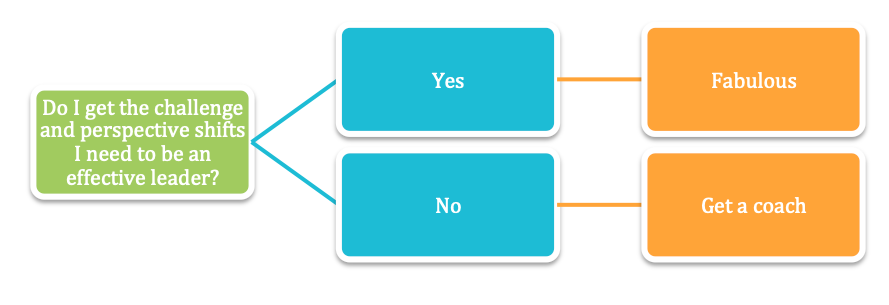
Remedial Coaching:
Only really two questions – Do you want to change to stay in the organisation you’re in? …Might coaching help?
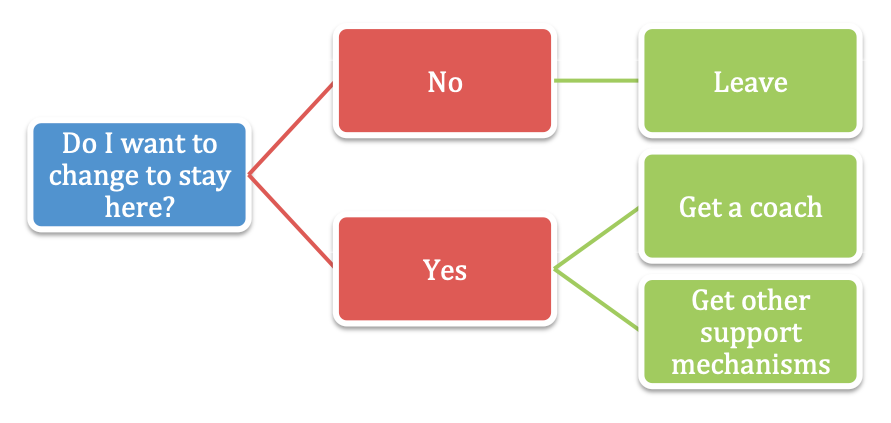
So do you need a coach?

Hopefully some of the above gives some clarity on whether coaching might help. Unfortunately part of working with a coach is discovering where you’re going and what your development journey might look like, so you might not know you needed a coach until you start.
Not very helpful I know.
Most coaches and coachees I know would report that they get some shift and growth in areas they wanted to develop, and all would report getting growth in areas they never know they wanted to focus on.
How would you know who’s the right person to coach you?
The second part of the original question was “how do you get the right coach?”
Part of what makes coaching work is the relationship between the coach and coachee, as well as the skills of the coach and engagement of the coachee. That’s a very messy human element so you need to try some on for size.
Here’s a quick checklist that might help:
- A potential coach should offer free ‘Chemistry calls/meetings’ so you can suss each other out before working together and parting with cash
- A good coach will recommend other coaches if the match isn’t right
- All coaches should be able to tell you what coaching isn’t! Don’t go with a coach that can’t articulate their limits or the coaching boundaries.
- You want a coach that’s improving. Ask if they get regular supervision and what CPD they take on.
- Your coach should be able to refer to a code of ethics. Ask them what theirs is.

Lastly remember that coaching is currently an industry.
Because it’s an industry, not a profession at the moment, anyone can say that they are a coach. Professional bodies exist, coaches can join industry bodies, get accreditation, source excellent supervisors, follow a set of ethics …but they don’t have to.
If you have questions about the above, do get in touch – I’m happy to offer a point of view without selling anything.
If you’d like me to coach you, also get in touch.
.
. .
The next blog will add more meat on the bones.
…………………… ‘How coachable are you” coming soon
Doing Great Work
I’ve been meaning to collect my thoughts on ‘Doing Great Work’ for a longtime, but to be honest the title in and of itself are enough to put me off; it feels both arrogant and daunting to write about ‘doing great work’.
That said, there is no getting away from it – it drives almost everything I do in the context of facilitation, coaching, training and it raises its head with most client interactions, from simple emails to planning year-long training programmes.
I haven’t really got a handle on how often this question pops up for you, or for most people, but for me it hovers semi-permanently over one shoulder “Is this great work?”

My focus on this is very much a work in progress, a shifting philosophy rather than a fixed process, but I’ll never write anything if I wait for stable certainty so here’s a short summary of my attempts to do great work.
Quality matters
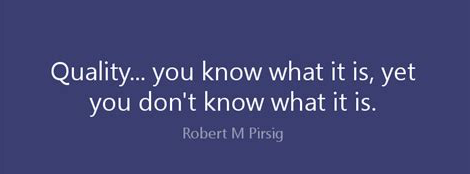
This may seem like a really obvious statement but quality really matters. I want to deliver high quality work. Actually, I want to deliver high quality work, off the back of high quality design, which can only be created from high quality conversations which are when a high quality relationship exists between myself and the people I work with/for.
Yet it is mind-blowing how often this thought is relegated behind the pressure to do more work, or urgent work rather than great work. The inbox, the To Do list, the financial targets, the papers sitting on my right that need dealing with (I see them right now, eyeing me up over my shoulder) are all about getting a high quantity of things done, not necessarily a high quality of things done.
I hope to do both, but if I am honest when the heat is on, the temptation is for quantity to supersede quality.

Jack of all trades
One of the drivers behind my need for quality is certainly that I have a tendency to sometimes see myself as a ‘jack of all trades, master of none’. I suspect you do too sometimes. If you are regularly lucky enough to work with great people, they are always more expert than you in some particular field.
For me that means clients or collaborators who have vast industry experience, or specialist sector experience or, more often these days, academics who know their academic area superbly and are sharp on the most recent research and evidence.
Which raises the question, what quality do I bring if it isn’t sectorial, industrial, practical, academic or research based – what sort of quality am I able to bring to the table? Is my high quality work someone else’s ‘dead average’?
Great Training
I am grateful for the feedback I get from collaborators and clients and am lucky enough to have some lovely, thorough feedback on my abilities as a facilitator or coach. So this has to be where I focus on ‘doing great work’ -right?
In my challenge to deliver great work it has to be about delivering great training that is memorable, that is usable and is enjoyable(that goes for both parties; me and them.)
Good training is something I am familiar with; you should be too, but great training has to be a bigger challenge, by definition. It needs to be great for participants, great for the eventual organisation they return to, and great for me. So my challenge is to try to define what work I can do that might tip into being ‘great’.
Evolution or Revolution
My initial, exhausting, approach was to work hard on creating a new product or a new type of training. Something that is notably different and focuses on what I am really good at, that focuses on the parts of my delivery that participants have reported as being great and has had real impact.
Man this is a frustrating task! I’ve worked on tonnes of new training products, sometimes alone, sometimes with friends ,often with my great friend and charismatic chaser of shiny-things, Scotty Johnson. It feels such a burden to design something that starts as ‘great’.
I had decided that for a new training product to be great, it should burst forth from a fertile mix of feedback, experience and creative genius, rather than be asked for by a specific client. Answering a client brief is more like the day job and great work doesn’t come from the day job right? This has to be created as new. But creating your own product and then making a market for it is as tough as old boots.

It was my wife, Tori, who put me back on the straight and narrow. After the Nth attempt to build great work from a blank page, she helped me realise that there is room for both revolution and evolution. I can slowly build something great from the ground up but also shift existing work on to a higher plane of quality.
This was radical thinking for me. I didn’t have to get crushed under the weight of creating greatness from nothing, while delivering ‘good’ work to keep the bills paid. I can challenge my current and incoming work to be ‘great’ at the same time as patiently designing something both ‘new’ and ‘great.’
So I continue to work on a new offer that brings together values-based decision making and ethical leadership with societal challenges and outdoor journeys that are good for the soul and the brain. What this shiny new thing is will have to wait for another time. What I now have is an early stage ‘greatness test’ for the work I do.
10 Rules
So where does this scrapping leave me with this need for quality? As often with a complex challenge, it leaves me with a really simple answer that helps shape, if not solve, the complexity.
I focus on two things:
1. I develop myself. Continuing CPD, interesting courses, reading, journals, blogs and podcasts. I am stretched.
2. I have 10 rules for new work that I take on. Scores somewhere above 7/10 or higher is what I am after.
Here they are…
10 rules:
+ the work has to be ethical in its source and delivery and I am carbon neutral and give 4% of my income away. All that is covered elsewhere, right now we’re focused on the 10 rules.
Outcomes
What does this give me, these 2 simple aims?
Firstly it gives real clarity for me, both for my own development and for the work I do. I tell a much clearer story to myself of who I am and what I do.
Secondly it gives clarity for clients. They know who I am, why I do what I do and how that work is likely to feel. There is a quicker visual path through to my values, and we can talk about purpose and philosophy alongside course outcomes.
I am distinctive and recognisable. I might not be the only person ploughing this furrow but it’s certainly a distinguishing feature; you add in the ethical operations, my focus on behaviour change and emotionally intelligent leadership, and I’ve certainly found a niche.
Lastly this refocusing on great work has given me real confidence in what I do, additional pride in my work, and the confidence has made me more welcoming and focused. It’s definitely a work in progress and needs to be really tested over a longer period, but I do deliver more ‘great work’ and that’s pretty sweet.
10 rules
- Does it challenge and question?
- Does it use great spaces?
- Does it bond them?
- Does it centre on experiences?
- Does it become real use and real change in the workplace?
- Does it feel different?
- Does it build effective relationships at work?
- Does it have ethical value?
- Does it create agency?
- Is it a joyful experience?
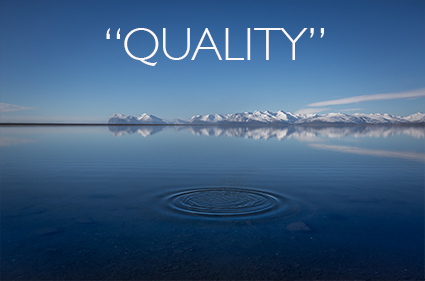
 For some reason this particular blog has generated more quotes written over inspiring views than you used to find in an Athena poster shop (1990’s/early 2000s reference there). Apologies for the added cheese!
For some reason this particular blog has generated more quotes written over inspiring views than you used to find in an Athena poster shop (1990’s/early 2000s reference there). Apologies for the added cheese!
Giving away 4%
4% of all my income is donated to verifiably effective good causes.
In a nutshell, it’s that simple.
“4% of all income”
The Details:
For every pound I get paid (income not profit) I donate 4p to not-for-profit organisations that work internationally to reduce human suffering and increase opportunities for human flourishing. These organisations are independently audited to ensure that they maximise the donations given and turn them into real action.
I use the Effective Altruism model and Giving What We Can / Give Well system to select not-for-profit causes that are the best at turning a donation into real change on the ground.
I review the 4% target with my family and myself annually, as well as challenge my decisions on ethical clients, ethical behaviour and taking 4% from income rather than 10%+ from profit. All these are on going decisions about what is best for all concerned.
Why?
I believe in being pragmatic about doing good, I spread my efforts to be good across a number of actions (low-carbon, 4%, ethical clients, reduced travel, local food, etc) rather than put all my free-range eggs in one organic hemp basket.
This blog is to state my position clearly, to be transparent with clients, to hold myself to account and to offer any ideas and support to others (not to boast). If you’d like more information or have suggestions please do get in touch.
Additional Information:
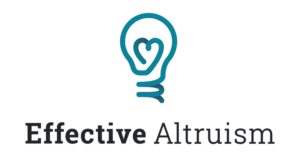
https://www.effectivealtruism.org
Effective altruism is about answering one simple question: how can we use our resources to help others the most? Rather than just doing what feels right, they use evidence and careful analysis to find the very best causes to work on.
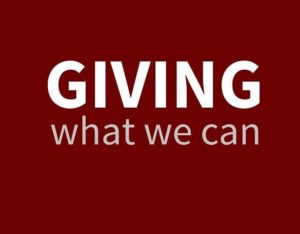
https://www.givingwhatwecan.org
Giving What We Can share and monitor information on evidence based giving. They also have a public space that helps you track your giving and hold yourself to account. 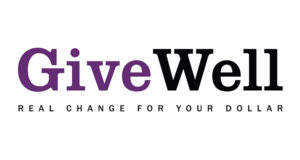
Give Well focus on high impact giving opportunities that are supported by in-depth charity research. GiveWell is a nonprofit dedicated to finding outstanding giving opportunities through in-depth analysis.
Is carbon offsetting a waste of time and money?
My short, pragmatic research into carbon offsetting. A three part swift read on whether it’s worth bothering to carbon offset your life, your business impact, or not.
Carbon offsetting: too complex, too expensive, too murky!?
Part 1: Is offsetting really a useful focus?
I had planned for my first blog to be a more impressive fanfare about the great work happening in Ethical Leadership internationally and my small contribution to this space. But we’re going down a much more pragmatic route with this first post.
I’ve been looking at how I lead a more ethically honest and positively impactful life for a number of years – a life that is close to my personal values, in line with my driving purpose, and is positive, or at least not negative, for the wider world.

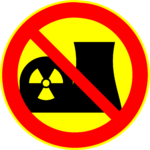



This basically falls into three categories for me:
- Firstly giving away a percentage of my income to objectively measured effective charities;
- Secondly not working for companies that clash with my values, either in what they do or how they do it;
- And lastly trying to be environmentally aware and proactive.
It’s this last one that has been giving me the yips in the last few years: stories of greenwashing, of carbon schemes where farmers in the developing world are paid not to cut down forest that they had no intention of cutting down, schemes where the same acre of rainforest is offset 100 times for 100 different donations etc.
Check out these headlines……

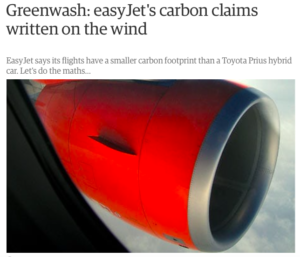
-
Greenwash: easyJet’s carbon claims written on the wind
-
Carbon offsets can do more environmental harm than good
-
The new greenwash? Potential marketing problems with carbon offsets
-
Carbon neutral guidance is ‘greenwash’
…all from reliable sources, not just sensationalist clickbait. To be honest I gave up on trying to understand the nuances and haven’t offset my carbon impact for a couple of years.
But I am a man of action! So no more sitting on the bench whining that the rules are too complicated, the tables are stacked and it’s just too hard. Time to get in the game and do my best to sort out the wheat from the chaff, mix metaphors and make a call on carbon offsetting.
Here is what my early-stage digging has discovered. I hope some of this is insightful, entertaining and ultimately useful if you’re in the same boat as me.
Equally, if you don’t offset or you don’t consider the ethical stance you take on reducing human impact and human suffering, then grab a cuppa, take 5 minutes and consider doing a little more …by just clicking a few buttons and giving up some pocket change.

Part 2: Three routes to success
The One that Set the High Watermark:
Gold Standard. https://www.goldstandard.org
![]()
The Gold Standard is an independent standard and certification body created by WWF & other NGOs in line with the UN Global Goals. They are a global certification body, every project that they verify must have independent evidence of protecting the climate, but contribute to at least three of the UN Sustainable Development Goals (SDGs).
The Gold Standard lists projects  that they have certified, each project has an overview of what the work is focused on and a cost per tonne of the work that they do.
that they have certified, each project has an overview of what the work is focused on and a cost per tonne of the work that they do.
Additionally the news and information offered through Gold Standard is both useful and interesting. You can read about new developments and projects, Gold Standard offer policy and research documents, get advice on reducing your impact and where you can have the biggest bang for your buck, discover the average annual emissions in your country as monitored through the World Bank, which includes a funky interactive graph to see how emissions in your country have changed over a time period of your choice, against GDP and other measures. Look at the UK one, it may surprise you, like it did me!
Additionally Gold Standard recommend two carbon calculators, the WWF Calculator which gives a good ball park estimate, and the Carbon Footprint Calculator if you want to get much more detailed. You could easily use these calculators or the Climate Care Calculator (below) to calculate the amount of CO2 that you wish to offset, but then pick your scheme from the Gold Standard projects.
The One that’s the Easy Option:
Climate Care Calculator. https://climatecare.org/calculator/

This is the simplest process I have found. A very simple online calculator that allows you to calculate the tonnes of CO2 produced from various activities (flights, driving, energy usage, businesses and events) and offset that CO2 through various projects.
Climate Care is a B Corp one of the highest standards for social and environmental focus in business. Most of Climate Care’s projects are low carbon interventions or renewable energy projects in developing countries.

Climate Care also show transparency on how their calculations work and what the independent (UN) guidelines are for evidenced offset projects. Climate Care use the Markit System which is set up to be an independent carbon offset market, once one tonne of CO2 offset is bought by someone to offset their impact, that tonne is retired and cannot be used again to offset anyone else’s impact.
The One with the Bona Fides:
Cool Earth https://www.coolearth.org

Cool Earth is an independently certified NGO that focuses specifically on rainforest health, protection and maintenance to reduce carbon impact. Sir David Attenborough supports them so I could kind of stop writing here …if Davey A gives it the thumbs up then we’re all on board, right?
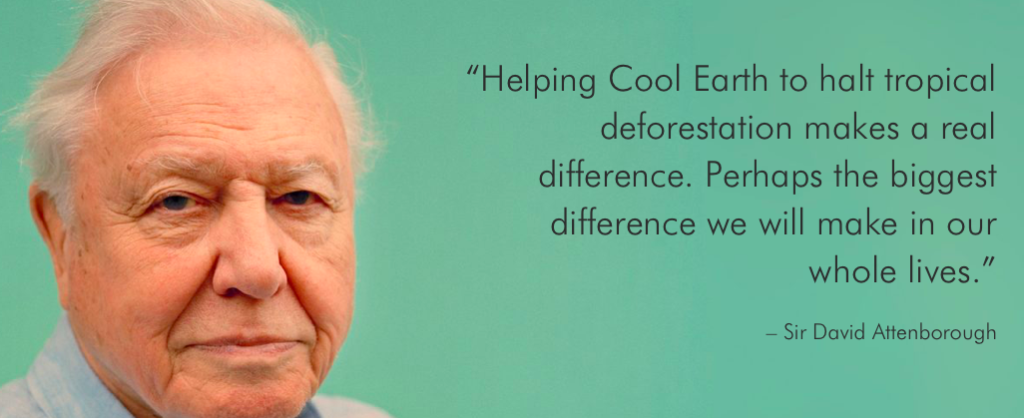
The Giving What We Can research, linked above, is really robust and Cool Earth appear to be a verifiably effective organisation. I contacted Cool Earth to get more information on the cost per CO2 tonne of supporting them and had a really interesting reply
“Per acre of rainforest, we work with a conservative average of 260 tonnes of CO2 stored across our partnerships, and it costs us just £60 to protect one acre.
Because of the low cost associated with offsetting carbon with Cool Earth we don’t promote 1-1 offsetting. Instead, we use a minimum ratio of five tonnes of emissions prevented for every one tonne emitted; more info here.”

This throws up an interesting, if somewhat confusing, calculation that 1 tonne of CO2 offset with Cool Earth costs 23p! (£60 / 260 tonnes = 0.23). Even using their 5:1 ratio that’s still only £1.15 per tonne.
Rather than try to offset my carbon impact with Cool Earth, I may just donate above the 5:1 ratio to them because of the good work they do and the robust evidence behind it.

Part 3: What Do I Do Now?
My Calculations:
Using the WWF calculator I use 11.5 tonnes of CO2 a year: better than the national average, more than I should be for the 2020 UK Government targets and more than double the 5 tonnes that the average global citizen uses per year.
For me, I know that travel is the big hitter. When in my home city we rarely use the car, I travel by bike or train where I can and our 100% green energy tariff, local season food and recycling and energy saving at home are all good. But one or two international flights throw that good work under the hydrogen powered bus. Without flights I am down to 8.5 tonnes, without travel I am down to 6.6 tonnes. The car journey impact is a pretty blunt calculation on the WWF measure, the Carbon Footprint and Climate Care ones are much better.

So my declaration is to offset 6.6 tonnes annually as a matter of course, offset my flights when I take them and at the end of the year use my mileage calculations from the MOT to offset my car journeys too. If I combine this with the energy saving techniques at home, 100% green energy tariffs and local, mostly meat free diet, I feel I am, at least, doing close to zero carbon harm annually.
To get to the nub of the issue- offsetting 6.6 tonnes annually would cost me £50 with Climate Care, roughly £75 with Gold Standard, depending on which project I choose (the actual range with Gold Standard is £60 -£87). The full 11.5 tonnes would set me back roughly £90-£125 annually. That’s absolutely nothing to be carbon neutral, right!
Using the Cool Earth calculations above I could offset my carbon emissions, my wife’s and my baby boy’s for 2 years by supporting the protection of 1 acre of rainforest at £60. That seems far too small a cost to me but it shows how easy and low cost it could be.
So that’s me decided then. I’ll do what I can to reduce carbon output, I’ll use verifiable projects from Gold Standard and Cool Earth to offset my impact (currently 8.5 tonnes CO2 annually) and I will additionally offset my flights. In fact I have started adding the offset cost of business flights to my client invoices and highlighting it to them. I’ll be carbon neutral for about £10 a month.
Will you?

Additional:
I also give 4% of my income to verifiably effective NGOs to reduce human suffering, as part of the Effective Altruism, Give Well, Giving What We Can movement. No time to mention those here, something for the future I think. Just worth mentioning to see if you could be persuaded to do either: live carbon neutral/carbon positive or give away a set % of income objectively ….or both.
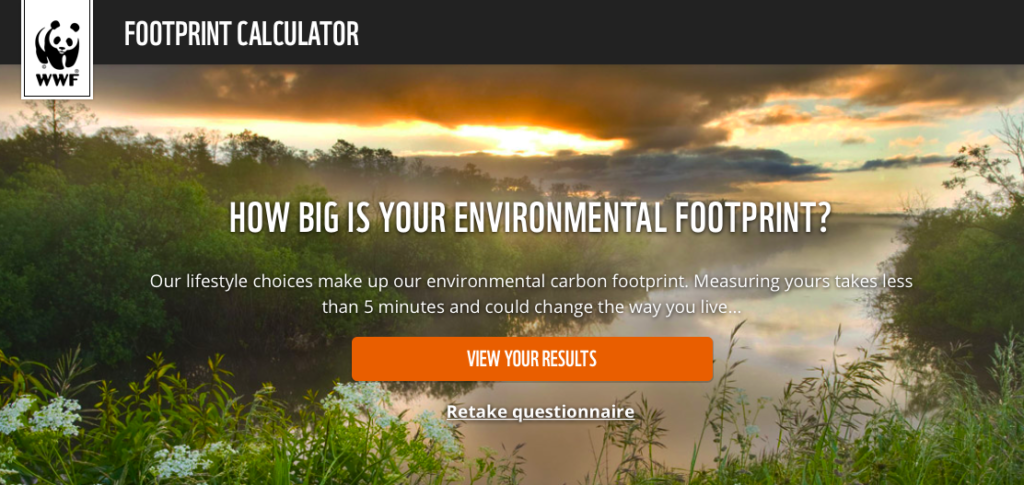
Insights and information
I will use these ‘thought’ posts to share and highlight both my views and experiences of development, and the much more salient thoughts of others in the L&D, psychology and personal development arena.
There are fascinating developments and some robust research coming out currently on the importance of values and behaviours, of acting with integrity and how to ensure a sense of ‘purpose’ runs throughout an organisation.
My skillset is focused on facilitating dialogue, coaching individuals and bringing effective originality to training programmes. I’ll give much of this space to the smart people, that I am lucky enough to work with and know, for their thoughts, research and expertise to shine through.
If you have information worth sharing, get in touch contact@richardastrudwick.com
